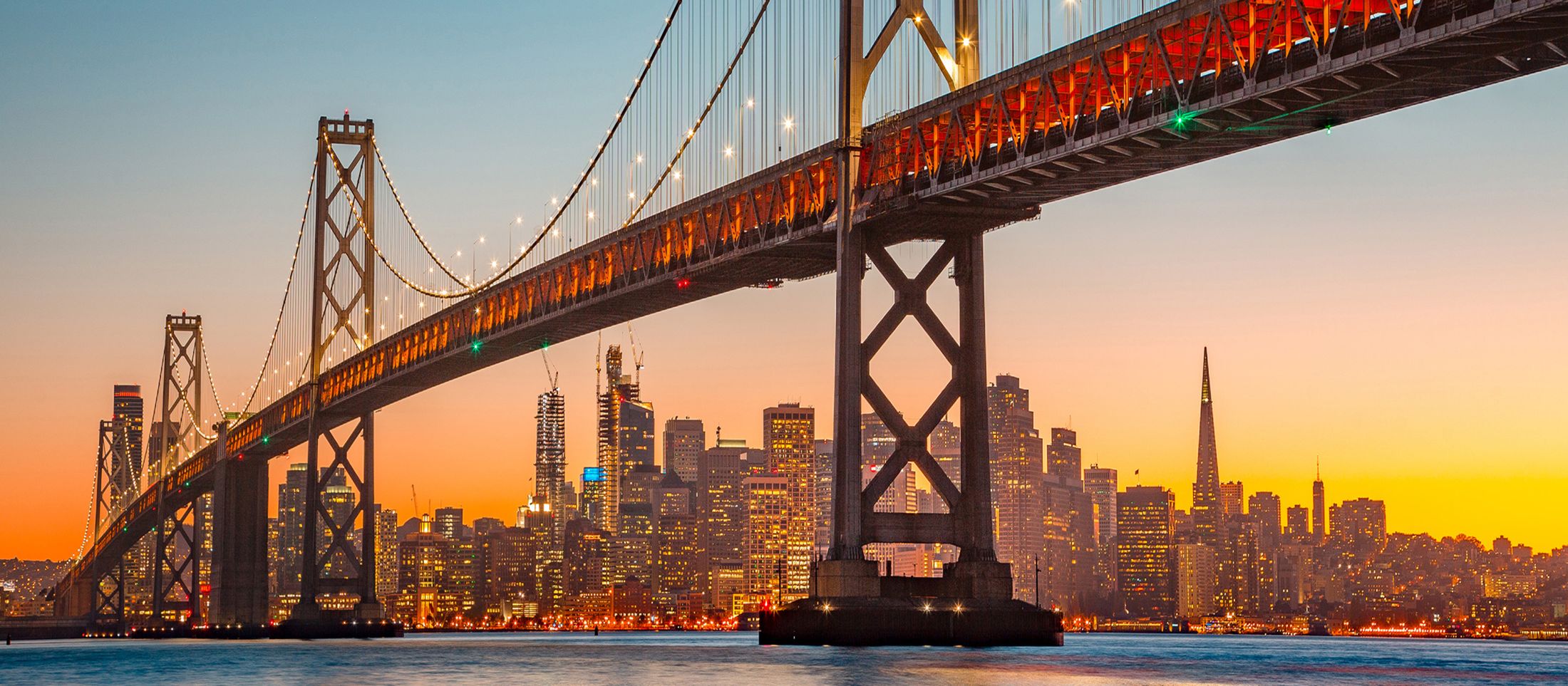
Blepharoplasty San Francisco



1 of 18
Blepharoplasty, commonly known as eyelid surgery, rejuvenates the appearance of the eyes by addressing excess skin, fat, and muscle around the eyelids. Depending on your needs, this surgery can be performed on the upper eyelids, lower eyelids, or both.
Using advanced surgical techniques for Blepharoplasty San Francisco Plastic Surgeon, Dr. Miranda, carefully removes or repositions the tissues to create a more refreshed and youthful appearance while maintaining the natural contours of your eyes.
Blepharoplasty targets the eyelids with two main procedures: upper and lower blepharoplasty.
Blepharoplasty is a versatile procedure that can address several common aesthetic concerns. Whether you're dealing with sagging skin, puffiness, or fine lines around the eyes, this surgery can significantly improve your appearance.
The aesthetic issues addressed by Blepharoplasty include:

Blepharoplasty offers numerous benefits that go beyond just improving your appearance. It can enhance your quality of life by making you look more alert, refreshed, and youthful.
The key benefits of Blepharoplasty include:
Are you physically healthy and emotionally stable? The ideal candidate for an blepharoplasty is typically over the age of 35, but certain situations indicate the need for treatment of younger people. The following factors may also exclude a candidate from receiving a blepharoplasty: anatomy, bone and supporting structure, dry eyes, diabetes, high blood pressure, glaucoma, hypothyroidism, cardiovascular disease or Graves' disease.
Ideal candidates for Blepharoplasty are people who:

Results from blepharoplasty are typically noticeable within a few weeks as swelling subsides, and they continue to improve over the next few months. The final outcome is a more youthful, alert appearance that enhances your natural beauty. These results can last for many years, especially when combined with a healthy lifestyle and proper skincare.
Recovery from blepharoplasty is generally smooth and straightforward. Most of our San Francisco blepharoplasty patients can return to normal activities within one to two weeks, while full recovery may take several months as the last traces of swelling subside. It's essential to follow Dr. Miranda's aftercare instructions. This includes keeping the incision areas clean, avoiding strenuous activities, and protecting your eyes from sun exposure. Proper incision care will help minimize scarring, and over time, the scars should become barely noticeable.
When you choose Pacific Plastic Surgery Group for your blepharoplasty in San Francisco, you are placing your trust in Dr. Edward P. Miranda, a highly respected and board-certified plastic surgeon. Dr. Miranda is certified by the American Board of Plastic Surgery and holds membership in the American Society of Plastic Surgeons (ASPS) and The American Society for Aesthetic Plastic Surgery (ASAPS). He is also a Fellow of the American College of Surgeons, reflecting his dedication to maintaining the highest standards of surgical excellence.
As the medical director of Pacific Plastic Surgery Group, Dr. Miranda leads with a philosophy centered on natural and subtle enhancements that reveal true beauty. Dr. Miranda is deeply involved in every step of the process, from the initial consultation to post-operative care. He takes the time to listen to your goals, carefully considering your lifestyle and commitments to create a personalized treatment plan that aligns with your needs.
The cost of blepharoplasty can vary depending on the complexity of your procedure and whether you're addressing the upper, lower, or both eyelids. At Pacific Plastic Surgery Group, we personalize each surgery to meet your unique needs, which means costs can differ based on the materials used, surgical techniques, and any combination of procedures. At your consultation, we'll provide a detailed cost estimate based on your personalized treatment plan.

Most patients experience minimal discomfort during and after the procedure. Local anesthesia is used to keep you comfortable, and any post-surgery pain can usually be managed with over-the-counter medication.
As with any surgery, there are risks, including infection, scarring, or temporary blurred vision. However, blepharoplasty is generally considered safe when performed by an experienced surgeon like Dr. Miranda.
While blepharoplasty's results are long-lasting, the natural aging process will continue. However, most patients enjoy their refreshed look for many years.
Dr. Miranda places incisions in natural creases or along the lash line to minimize visible scarring. Over time, any scars should fade and become barely noticeable.
Yes, it's recommended to have someone drive you home after the procedure, as you may experience some temporary blurred vision or drowsiness from the anesthesia.




